Food and Drink: Did You Know?
Coffee and CakeKaffee und Kuchen is a mid-afternoon German tradition of eating cake with coffee. The afternoon pick-me-up is usually held between 3 and 4 pm with coworkers, friends, or family. The culture of Kaffeeklatsch (the act of catching up over the two delights) enjoys nationwide popularity, and has since the 19th century. ▶ |
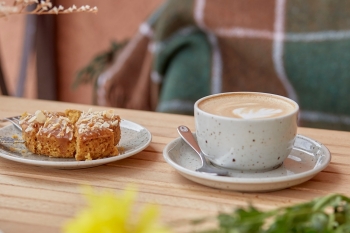 |
Savoring SausagesGerman is associated with wurst (sausages) for good reason. More than 1,000 types of sausages are produced in Germany each year. Among the most well-known are weisswurst (white sausage), currywurst (sausage with curry flavor), and bratwurst (typical pork sausage). ▶ |
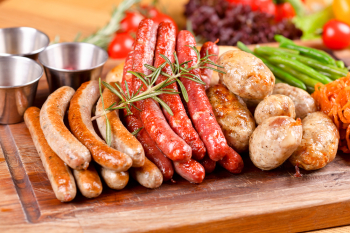 |
Mystery IngredientsEintopf means "one pot" and is a German national dish that's also popular in Austria and Switzerland. One-pot dishes were common in the 19th and 20th centuries, when everything was cooked together. As for what exactly is in an eintopf recipe is up for debate, as there are as many recipes as cooks in Germany. Essentially, the dish is a vegetable soup or stew that typically includes meat or sausage and is meant to be a complete meal, with seasonal ingredients and personal preferences keeping the exact recipe elusive. ▶ |
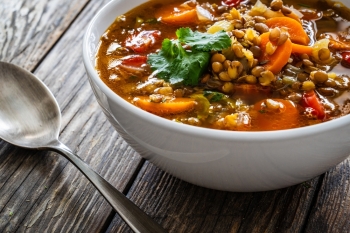 |
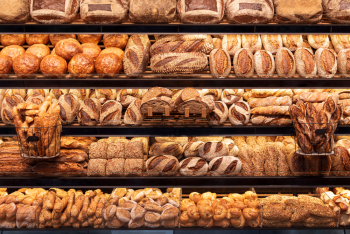 |
Big on Bread◀ Germans love bread and baked goods, with a bakery on nearly every corner. There are even two bread museums—one in Ulm and the other in Ebergötzen. According to 2022 statistics, approximately 5.1 million tons of bread and rolls were produced in Germany. |
Sharing a TableWhen dining at a restaurant in Germany, patrons choose their own table, as restaurants rarely employ hostesses. If the restaurant is full, don’t be surprised if another party sits down at the empty seats at your table. A quick nod might be exchanged, but socializing with your “table crashers” is not expected. ▶ |
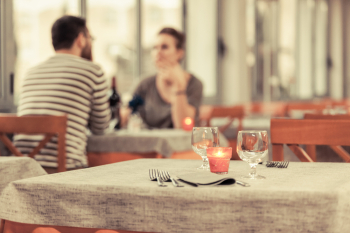 |
September OktoberThe name Oktoberfest is misleading because most of the country's famed Oktoberfest happens in September. The beer festival originally did start in October, but as the festival got longer it was decided to extend it into September, when the weather was warmer and there was more sunlight during the day. ▶ |
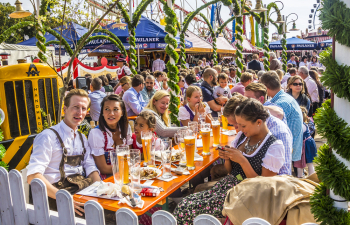 |
Christmas PotatoesKartoffelsalat, or potato salad, may be associated with summer in some countries, but in Germany it is a traditional Christmas Eve dish. It is served warm with sausages, a quick and easy meal in a busy day where Germans usually work, attend church, and open presents. ▶ |
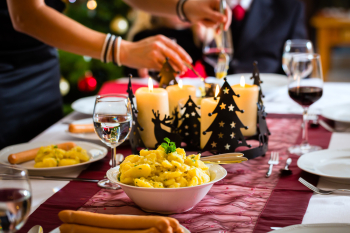 |
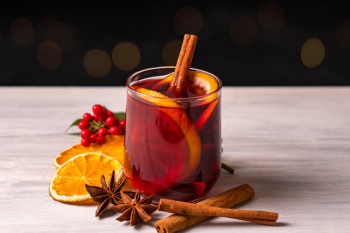 |
Winter Warmer◀ Germany's glühwein (mulled wine) is a traditional alcoholic beverage served seasonally during the winter months. Associated with Christmas and popularly served at the country's many Christkindlesmarkts, the warm red wine beverage includes spices as well as sugar, cinnamon, orange, and cloves, though recipes vary per chef. |
Bar SnackPickled hard-boiled eggs remain a traditional pub food in Germany, tracing to the mid-1700s. Pickling was originally a way to preserve food so it could be eaten during the winter. Pickled eggs can last months sealed in a jar, with the snack also popular throughout Europe. ▶ |
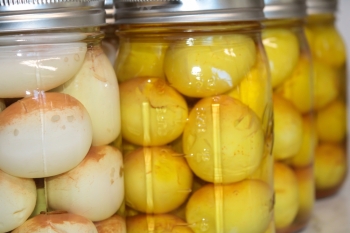 |
Dinner SandwichIt is still common for many German households to have Abendbrot for dinner, at least one day in the week. The name means “evening bread” and is a light cold meal with breads and cold cuts, usually eaten between 6 and 7 pm. This is because German families tend to eat their main meal during lunch. ▶ |
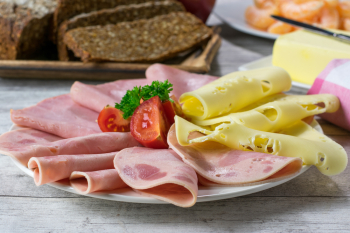 |
White AsparagusWhite asparagus is especially popular in Germany and more common than green asparagus. Restaurants will sometimes devote an entire menu to nothing but white asparagus when it is in season, ranging from mid-April to late June. The creamy, lemony butter sauce, hollandaise, is a common topping for white asparagus. ▶ |
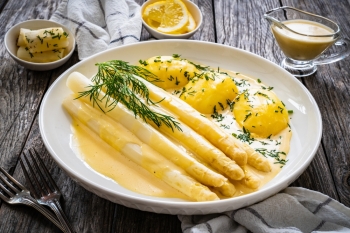 |
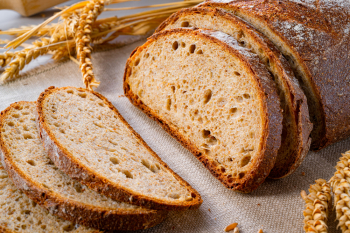 |
Bread Heaven◀ Germany is considered to have the largest bread diversity in the world. Over 3,000 different types of bread and 1,200 different types of pastries and rolls are produced in about 13,000 bakeries. |
Fanta's FoundingThe soft drink Fanta was created during World War II in Nazi Germany by the German Coca-Cola bottling company. Because of the war, there was no shipping between Nazi Germany and the United States. Therefore, the German bottling plant could no longer get Coca-Cola syrup. ▶ |
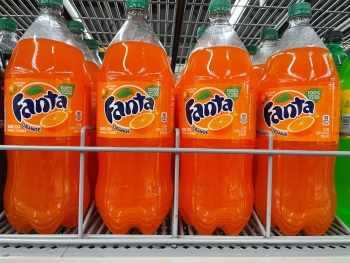 |
Doughnut DarlingsA German New Year's Eve tradition when counting down to midnight is to eat Krapfen or Berliner. These are fried doughnuts filled with either jam, vanilla, chocolate custard, and various other things. ▶ |
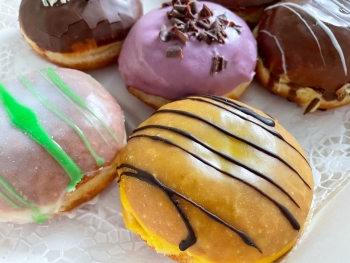 |
Eating Cheese with FriendsMilbenkäse is a unique type of goat cheese ripened in wooden boxes infested with millions of tiny cheese mites and consumed with the tiny critters. An enzyme in the digestive juices excreted by the mites causes the cheese to ripen, with curing taking three months to a year. The history of Milbenkäse can be traced back to the Middle Ages. ▶ |
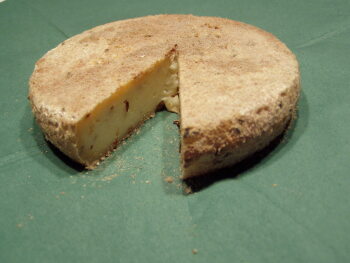 |
Copyright © 1993—2025 World Trade Press. All rights reserved.

 Germany
Germany